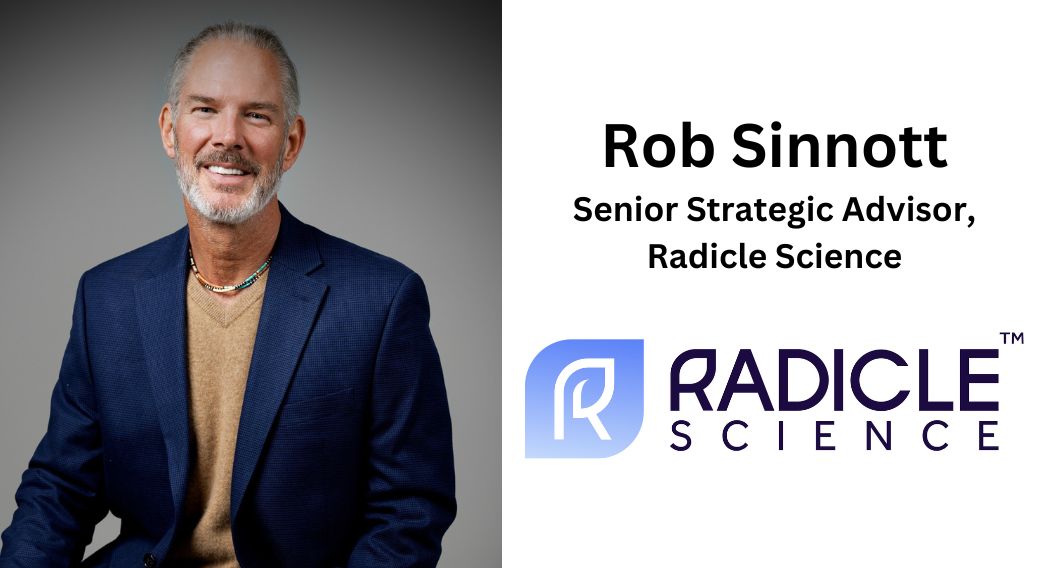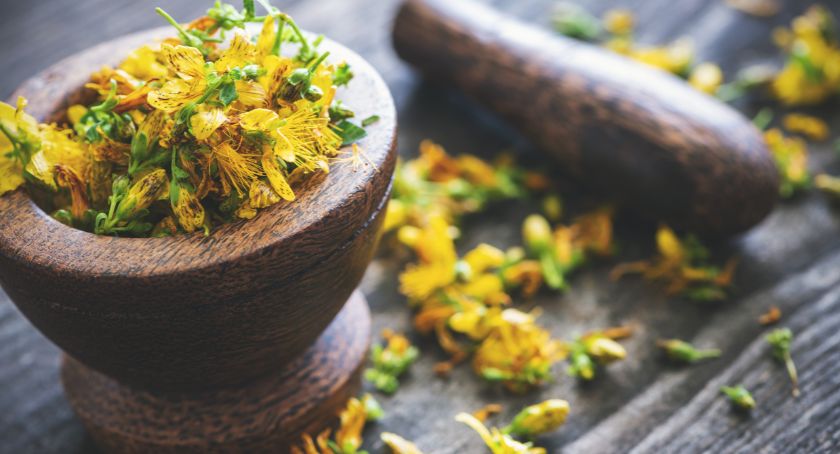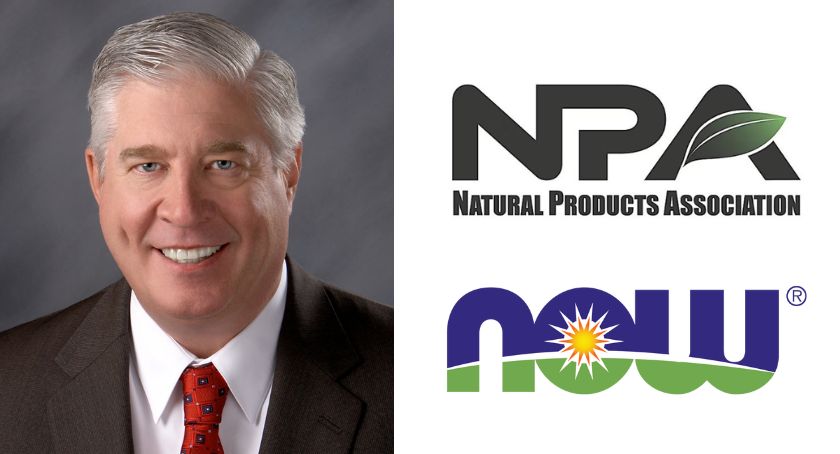By: Suzanne Shelton

Velvet antler, used medicinally for thousands of years in Asia, was largely unknown in the U.S. until very recently. The successful efforts of the New Zealand Game Industry Board to draw attention to one of that country’s major exports has generated a strong buzz. Currently, a number of velvet antler products are available with more in development and clinical studies are confirming and expanding on traditionally known benefits.
Velvet antler is widely used in traditional Chinese medicine for immunity, mental clarity, stamina and sexual enhancement. Chinese medical scholars believe deer velvet regulates the adrenal cortex, regulates energy metabolism, promotes sexual function, promotes growth and strengthens resistance.
Western medical research is finding validity in these traditional uses and also discovering other benefits. There is anti-inflammatory activity without the damaging side effects seen in some pharmaceuticals. Sports endurance and recovery effects have been shown by clinical trials conducted in New Zealand. A U.S. study is slated to begin in the fall of 2000.
Although velvet antler is also produced in Russia, China and Canada, and to a lesser extent in the U.S. and Australia, New Zealand is the pioneer in clinical research on velvet’s medicinal benefits, as well as a leader in the development of free-range deer farming, humane deer antler removal, animal nutrition and velvet processing-all of which directly affect the quality of velvet antler. The New Zealand Game Industry Board is working to develop strong ties with the U.S. supplements industry and can be found exhibiting at all the natural products industry trade shows.
What Is Velvet Antler?
Male deer grow new antlers each year and the growth stage is called velvet because of its fuzzy covering. It is the inside, however, that is used as a supplement. The antlers are removed in their velvet stage, which is between 50 to 65 days into their growth cycle, before antler calcification diminishes potency of the finished product.
Removal processes can vary from country to country. It is important to consumers that velvet is humanely removed under programs that are endorsed by industry and government organizations, such as veterinary associations. The New Zealand industry has developed a strong standard for velvet removal. Australia has adopted these standards and discussions underway between New Zealand and North American producers may lead to the agreement on removal standards for the deer industry worldwide.
Once velvet is removed, it is immediately frozen. After transference to a processing facility, it is thawed and pasteurized and put in a low temperatures dehydrator for 30 days to guard against rapid drying that can damage quality.
Finished forms include:
Dried velvet powder-either processed or freeze-dried and then ground to a powder.
Pantocrine-extract of velvet antler made in Russia using a 50:50 ratio of ethanol and acidified water.
Water (aqueous) extract-uses either hot or cold water in a pressurized vessel and can be prepared for use as a liquid or freeze-dried to a powder.
Alcohol extract-made using a mixture of ethanol and water. Unlike pantocrine, the ratios of these solvents can vary.
Velvet antler has such a range of clinical uses that it is unlikely that a single active ingredient could be responsible for them all. Research has identified many components of deer velvet, any of which could be active either separately or in combination. Mineral components include calcium, nitrogen, magnesium, phosphorus, sulfur, sodium and potassium, while trace minerals are iron, zinc, copper, manganese and selenium. Other components are growth factors, for example, insulin-like growth factors 1 and 2, transforming growth factor beta 1, nerve growth factor and a variety of lymphokine cytokines; lipids, including phospho- and glycolipids; proteins; free amino acids; free fatty acids and complex carbohydrates.




















